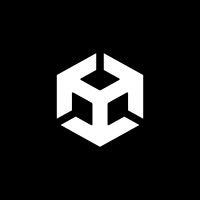Autodesk
Market St, San Francisco, 94105, US
Last Update: 2025-11-20
Autodesk is changing how the world is designed and made. Our technology spans architecture, engineering, construction, product design, manufacturing, and media and entertainment. We empower innovators everywhere to solve challenges, big and small. From greener buildings to smarter products and more mesmerizing blockbusters, Autodesk software helps our customers design and make a better world for all. Over 100 million people use Autodesk software, like AutoCAD, Revit, Maya, 3ds Max, Fusion 360, SketchBook, and more, to unlock their creativity and solve important design, business, and environmental challenges. Our software runs on both personal computers and mobile devices. It taps the infinite computing power of the cloud to help teams around the world collaborate, design, simulate, and fabricate their ideas in 3D. We provide exceptional compensation and benefit packages, and we’d love for you to join us. We’re proud to be an equal opportunity employer, and we consider all qualified applicants without regard to race, gender, disability, veteran status, or other protected category. To see our culture in action, check out #AutodeskLife. We are headquartered in the San Francisco Bay Area and have over 10,000 employees worldwide.
NAICS: 5112
NAICS Definition: Software Publishers
Employees: 15,695
Subsidiaries: 10







